When it comes to building a strong, well-defined upper body, the bench pull exercise is a hidden gem that deserves a spot in your workout routine. Often overshadowed by more popular lifts like the bench press or deadlift, the bench pull is a highly effective movement for targeting the back, shoulders, and arms. Whether you're an athlete, bodybuilder, or fitness enthusiast, incorporating bench pulls into your training regimen can help you achieve better posture, improved pulling strength, and a balanced physique.
In this article, we’ll dive into the mechanics of the bench pull exercise, its benefits, proper form, and how to integrate it into your workouts for maximum results.
What is the Bench Pulls Exercise?
The bench pull exercise is a compound movement performed on a flat bench, primarily targeting the muscles of the upper back, including the latissimus dorsi (lats), rhomboids, and trapezius. It also engages the rear deltoids, biceps, and forearms, making it an excellent exercise for developing pulling strength and improving grip endurance.
Unlike traditional rows or pull-ups, the bench pull is performed in a prone position (lying face down) on a bench, which helps isolate the back muscles and reduces momentum. This makes it a great accessory exercise for improving performance in other lifts like deadlifts, rows, and pull-ups.
Key Benefits of the Bench Pull Exercise
-
Enhanced Upper Back Development
The bench pull exercise is unparalleled when it comes to targeting the upper back muscles. By isolating the lats, rhomboids, and traps, it helps build thickness and definition in these areas, contributing to a stronger, more muscular back. -
Improved Posture
Strengthening the upper back muscles is crucial for counteracting the effects of poor posture, especially for those who spend long hours sitting at a desk. Regularly performing bench pulls can help pull the shoulders back and align the spine, reducing the risk of slouching. -
Increased Pulling Strength
The bench pull is a functional exercise that mimics the pulling motion used in activities like rowing, climbing, and even everyday tasks like lifting heavy objects. By improving your pulling strength, you’ll enhance your overall athletic performance. -
Grip Strength and Endurance
Holding onto the barbell or dumbbells during the bench pull exercise challenges your grip strength and endurance, which can translate to better performance in other lifts like deadlifts and pull-ups. -
Reduced Risk of Injury
Strengthening the upper back and rear deltoids can help stabilize the shoulder joints, reducing the risk of injuries during overhead movements or heavy lifting.
How to Perform the Bench Pull Exercise with Proper Form
To get the most out of the bench pull exercise, it’s essential to maintain proper form. Here’s a step-by-step guide:
-
Setup
-
Lie face down on a flat bench with your chest and stomach pressed firmly against the surface.
-
Position your feet flat on the floor for stability.
-
Grasp a barbell or dumbbells with an overhand grip, hands slightly wider than shoulder-width apart.
-
-
Execution
-
Pull the weight toward the underside of the bench, focusing on squeezing your shoulder blades together.
-
Keep your elbows close to your body and avoid flaring them out.
-
Pause briefly at the top of the movement to maximize muscle contraction.
-
-
Return
-
Slowly lower the weight back to the starting position, maintaining control throughout the movement.
-
Avoid letting the weight touch the floor to keep tension on the muscles.
-
-
Repetition
-
Aim for 3-4 sets of 8-12 reps, depending on your fitness level and goals.
-
Tips for Maximizing Your Bench Pull Workout
-
Warm-Up Properly
Before diving into bench pulls, warm up your upper body with dynamic stretches and lighter exercises like face pulls or band pull-aparts. -
Focus on Mind-Muscle Connection
Concentrate on engaging your back muscles throughout the movement, rather than relying on momentum or your arms to do the work. -
Progressive Overload
Gradually increase the weight or reps over time to continue challenging your muscles and promoting growth. -
Incorporate Variations
Try different grips (e.g., narrow or wide) or use dumbbells instead of a barbell to target your muscles from different angles.
Integrating Bench Pulls into Your Workout Routine
The bench pull exercise is versatile and can be incorporated into various training splits. Here are a few ideas:
-
Back Day: Pair bench pulls with pull-ups, bent-over rows, and lat pulldowns for a comprehensive back workout.
-
Full-Body Workout: Include bench pulls as part of a full-body routine to strengthen your posterior chain.
-
Accessory Work: Use bench pulls as an accessory exercise on deadlift or pull-up days to improve pulling strength.
Conclusion
The bench pull exercise is a powerful tool for building upper body strength, improving posture, and enhancing overall athletic performance. By incorporating this underrated movement into your routine, you’ll unlock new levels of back development and pulling power. Remember to prioritize proper form, progressive overload, and consistency to reap the full benefits of this exercise.
Whether you’re a seasoned lifter or a beginner, the bench pull is a must-try exercise for anyone looking to strengthen their upper body and achieve a balanced, functional physique. Give it a try and experience the difference it can make in your training!


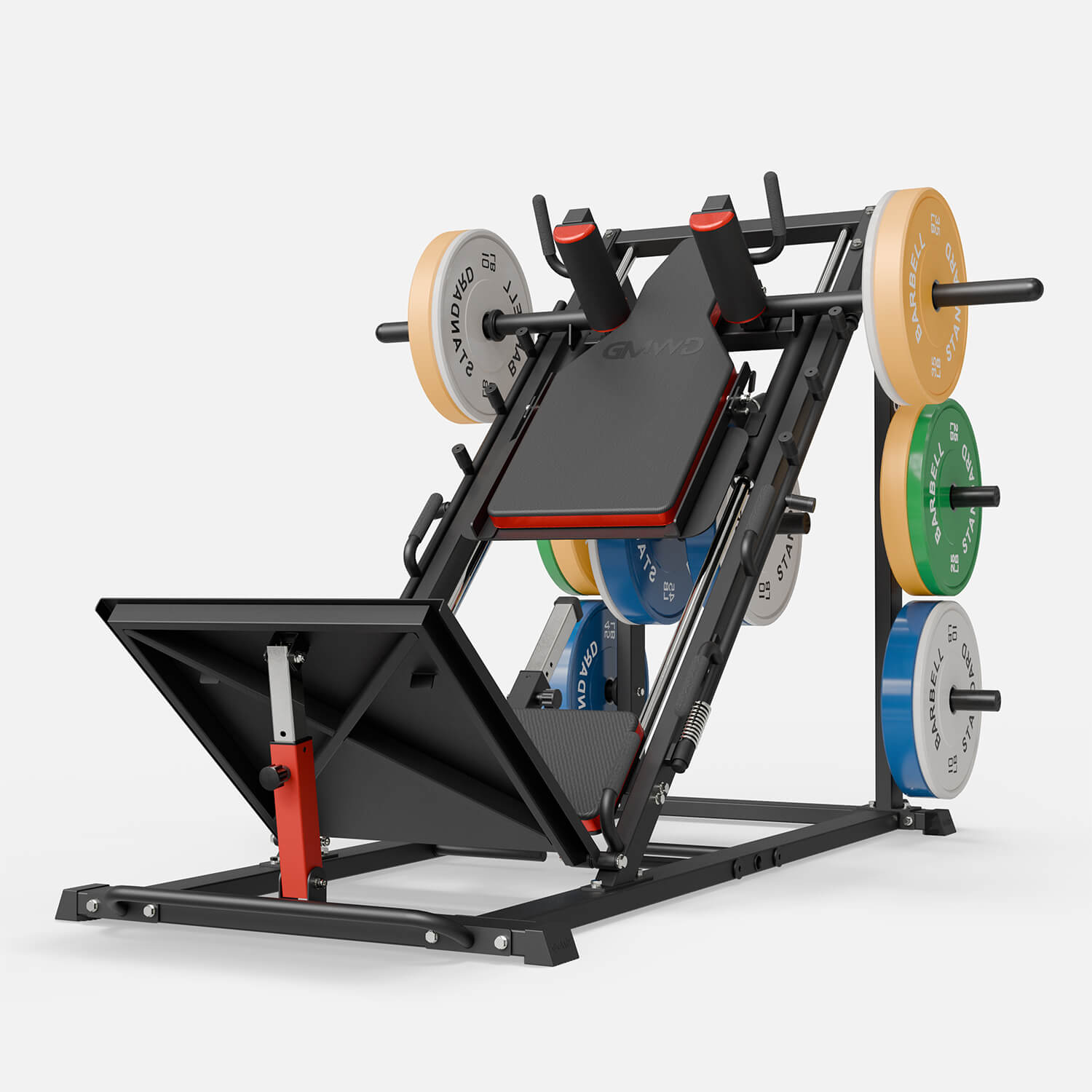
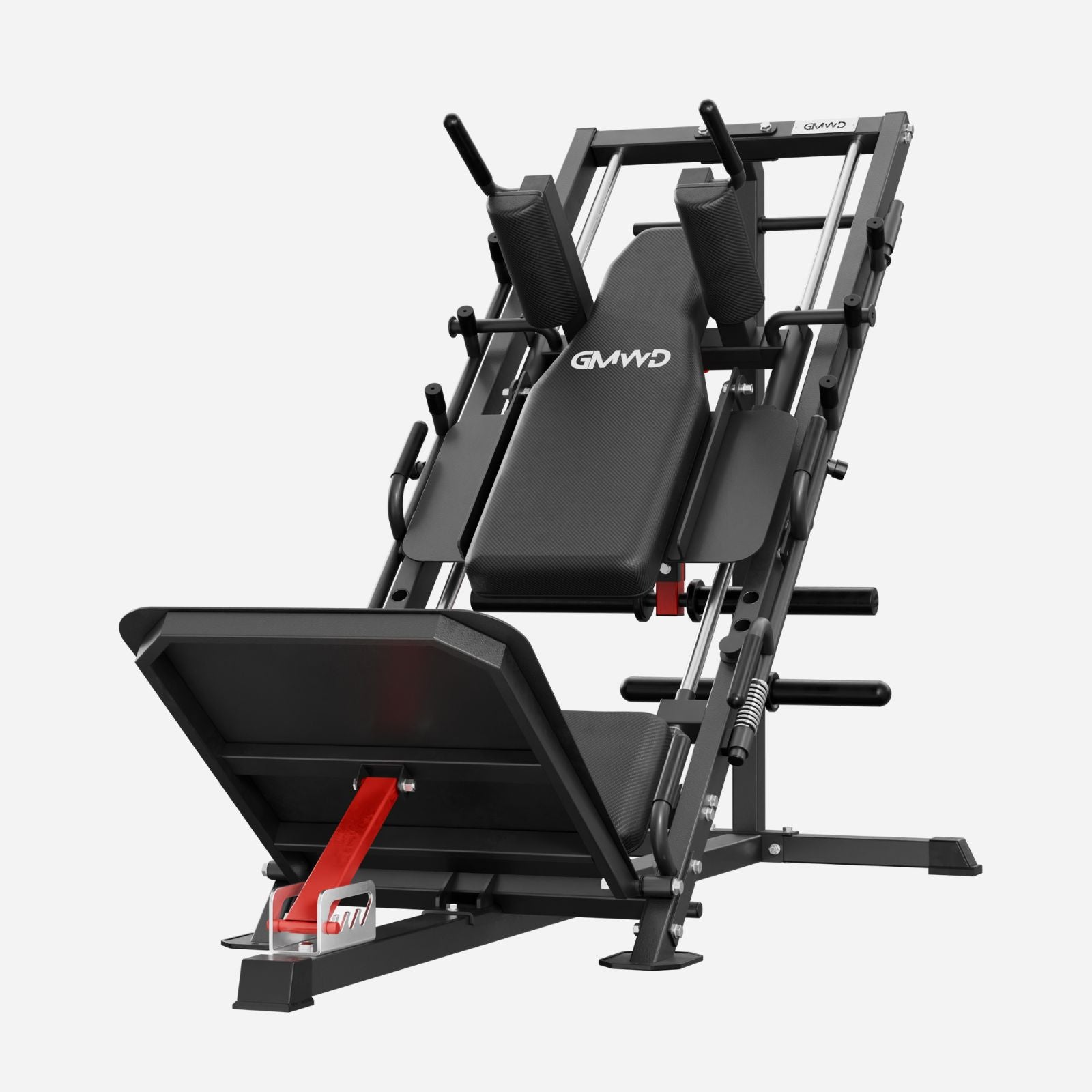

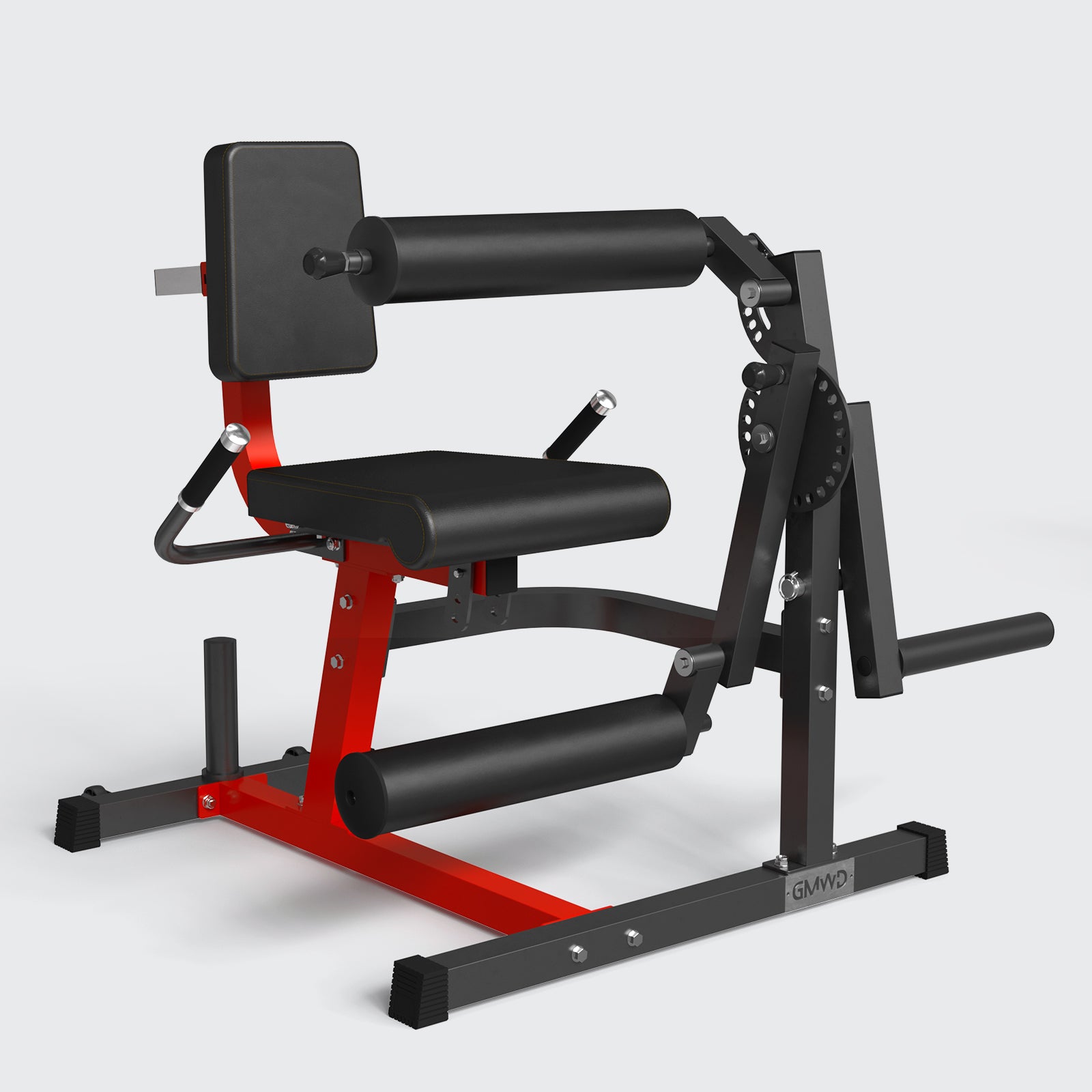
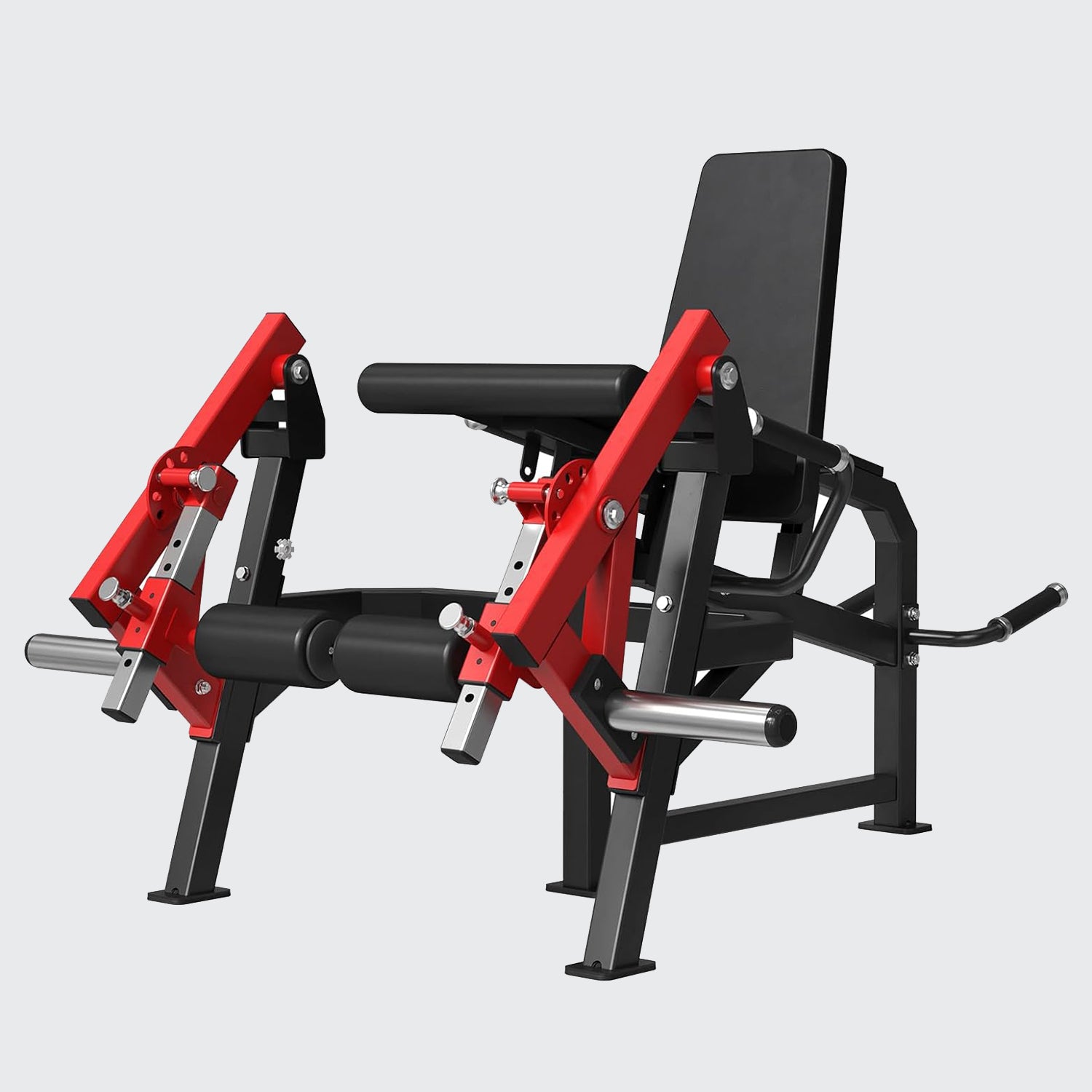
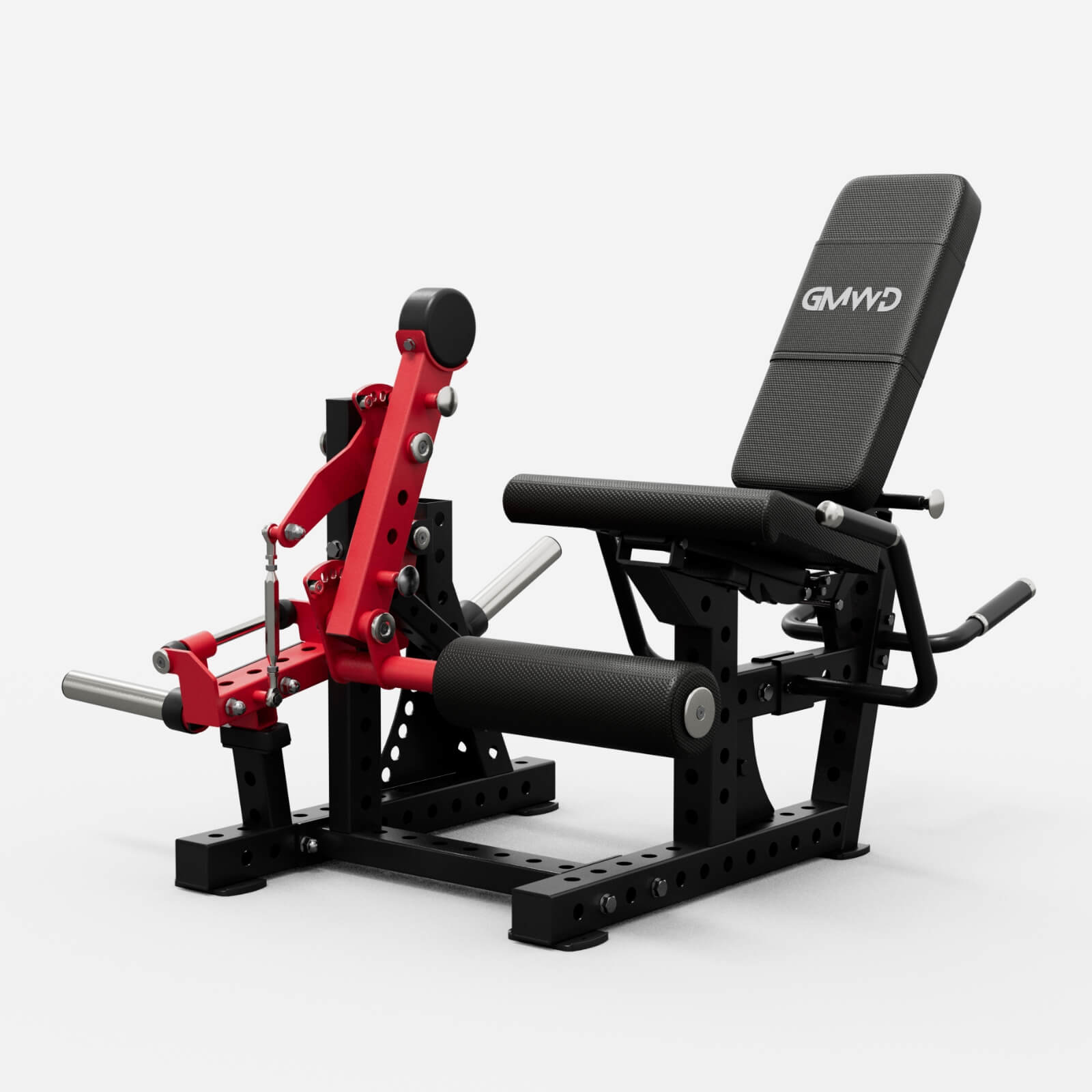
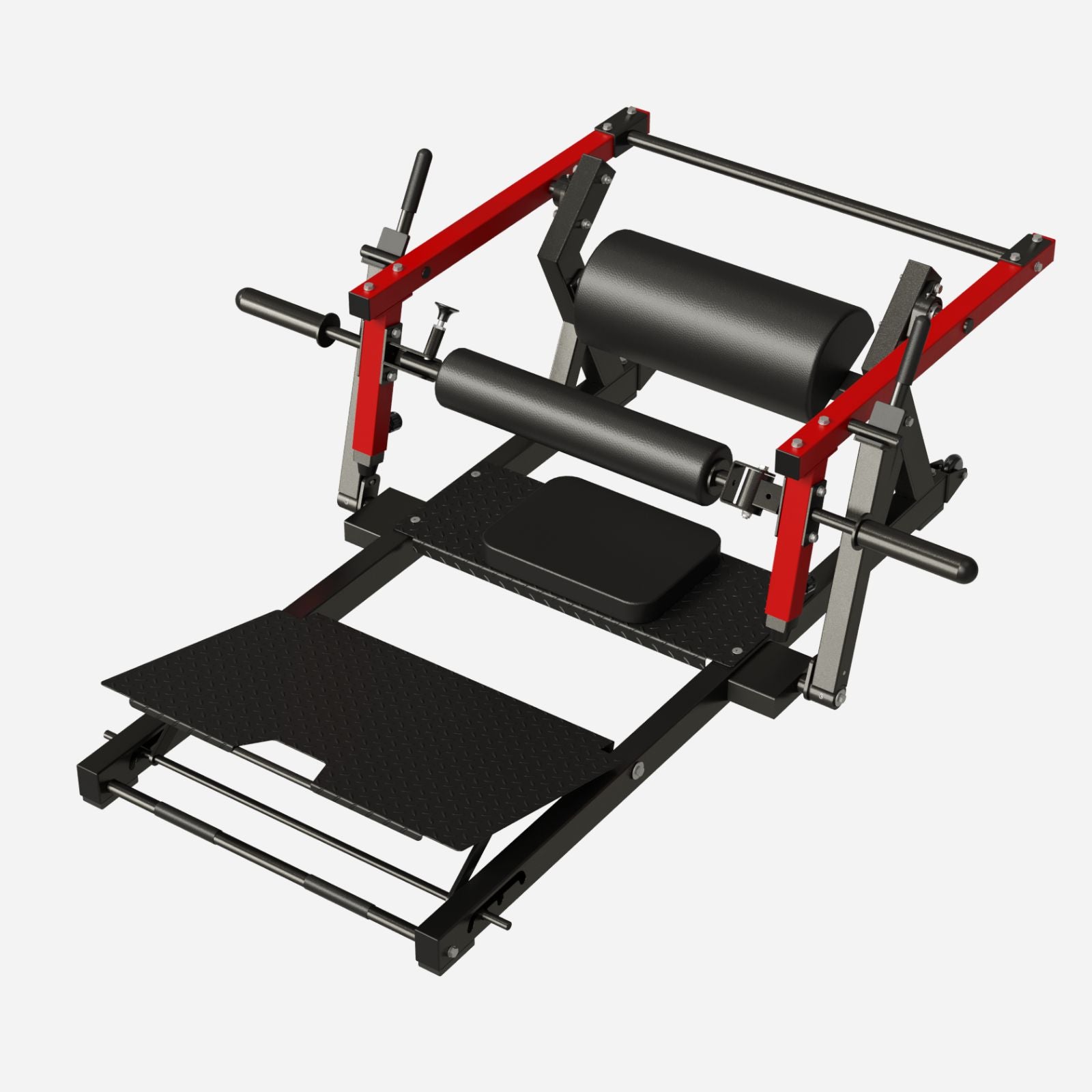

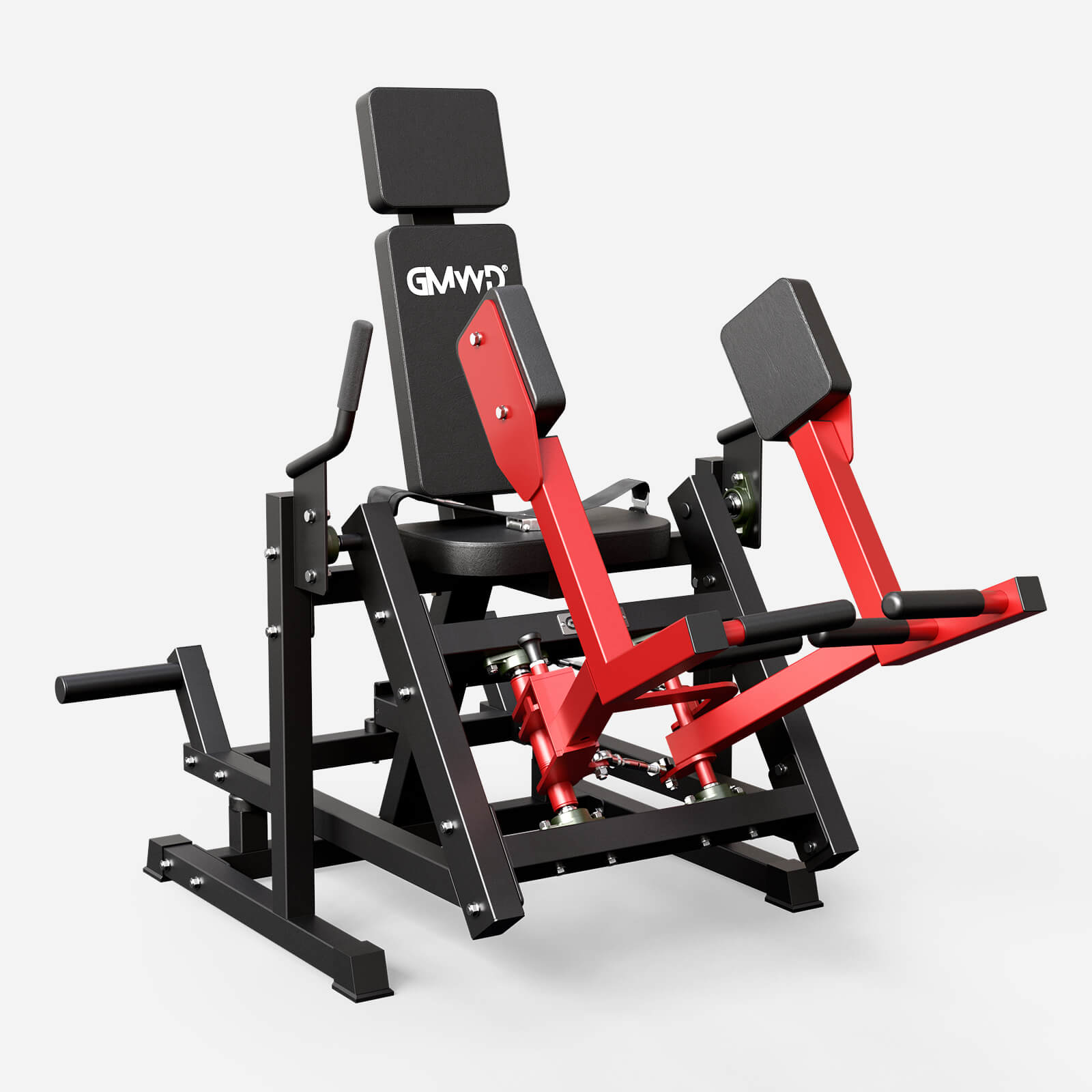
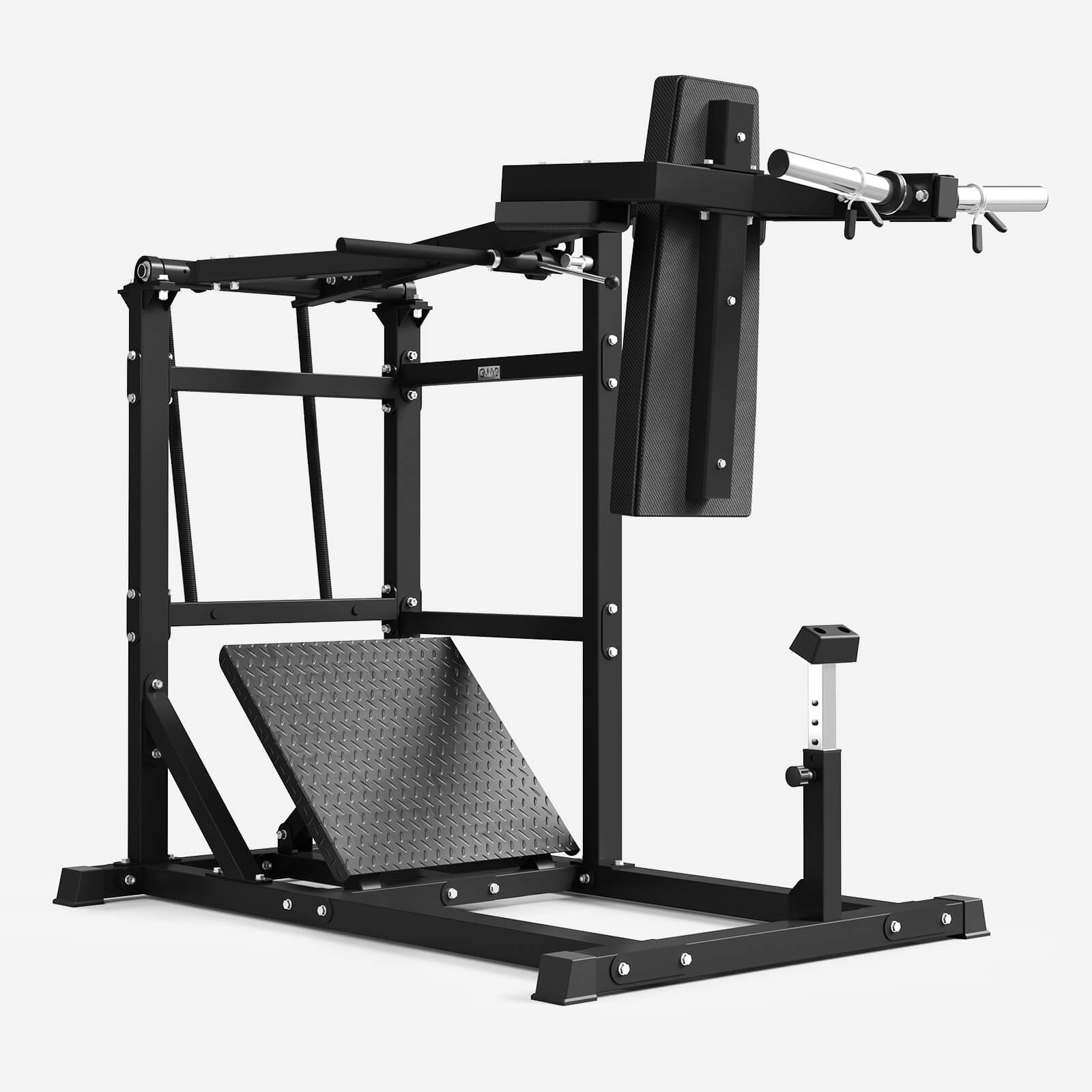
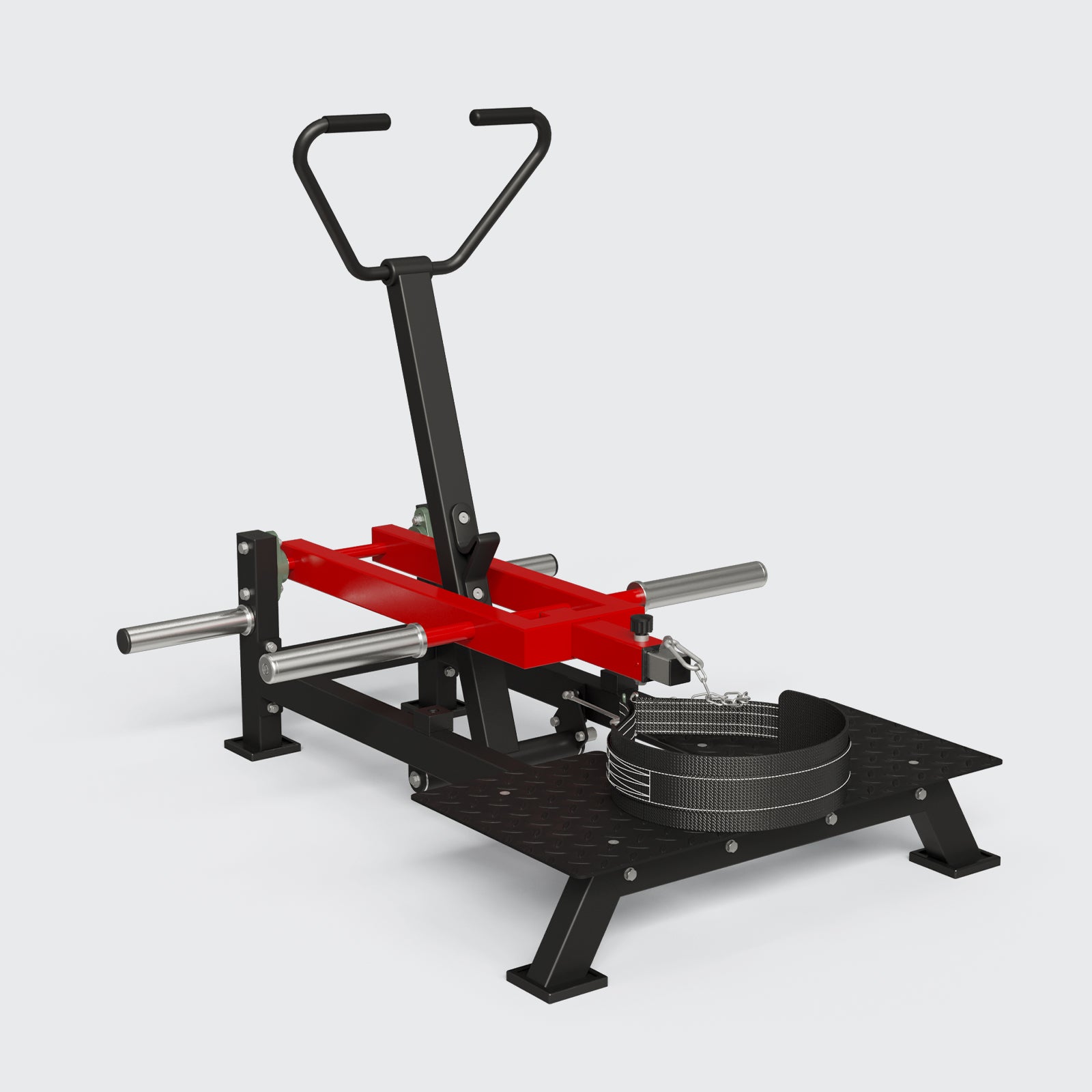
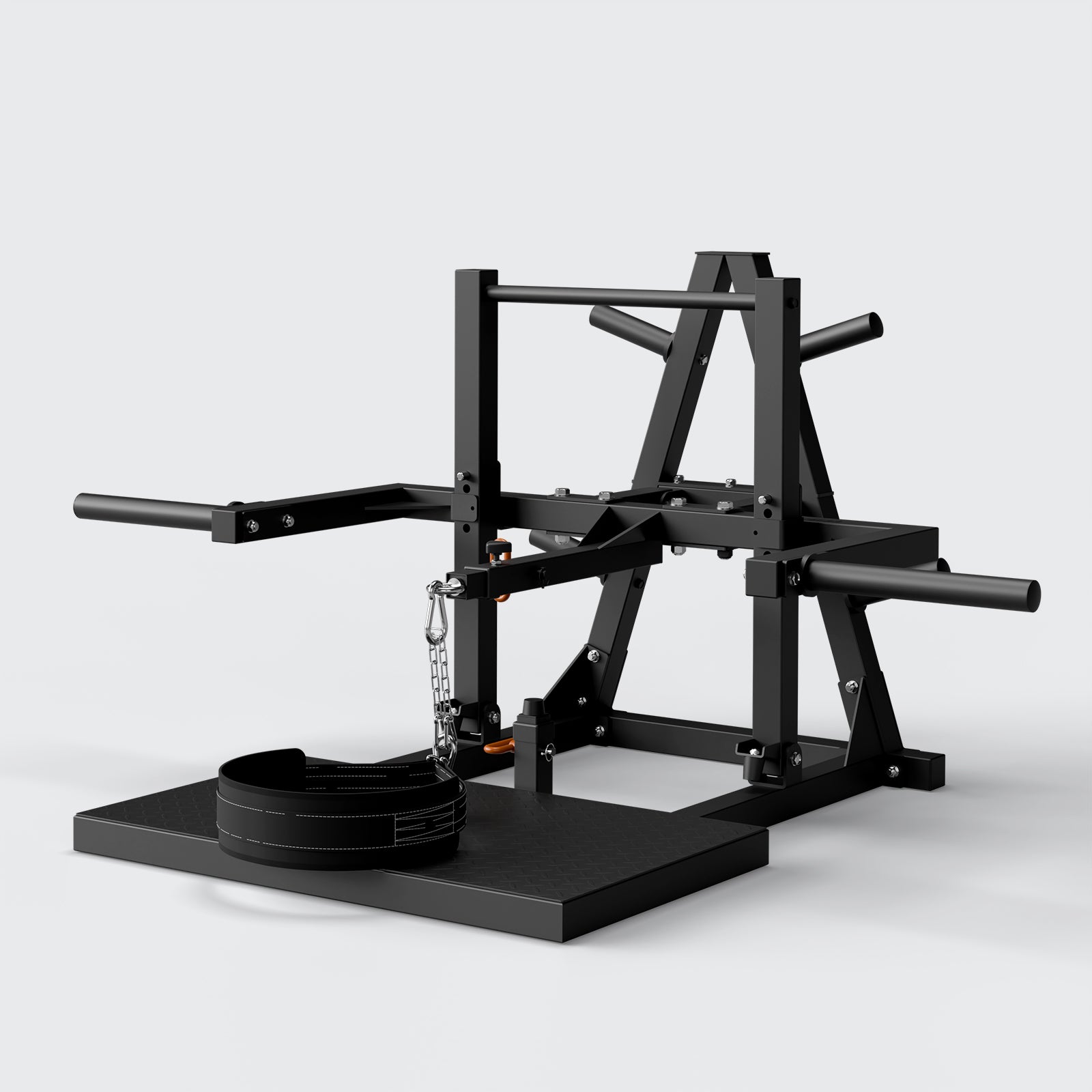
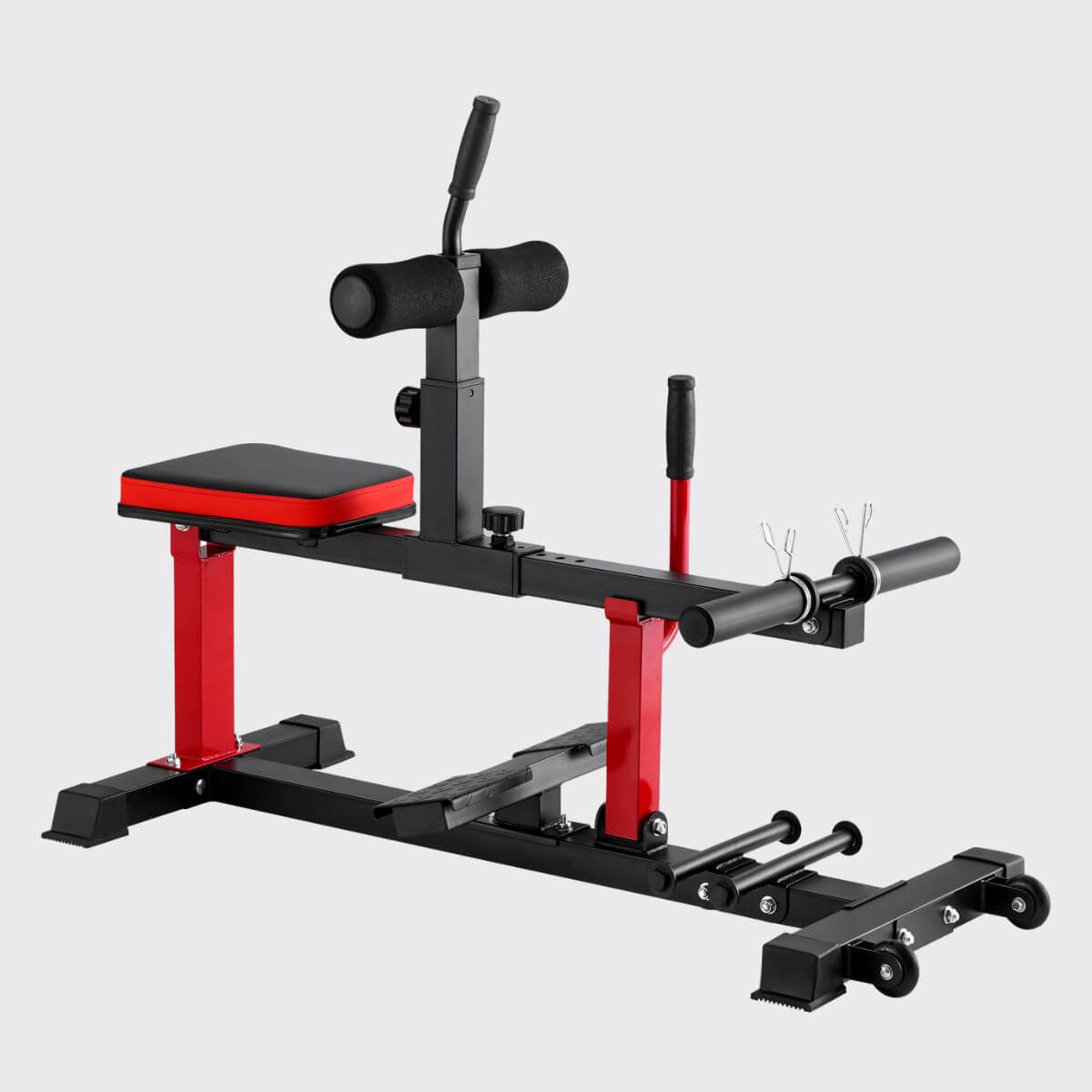

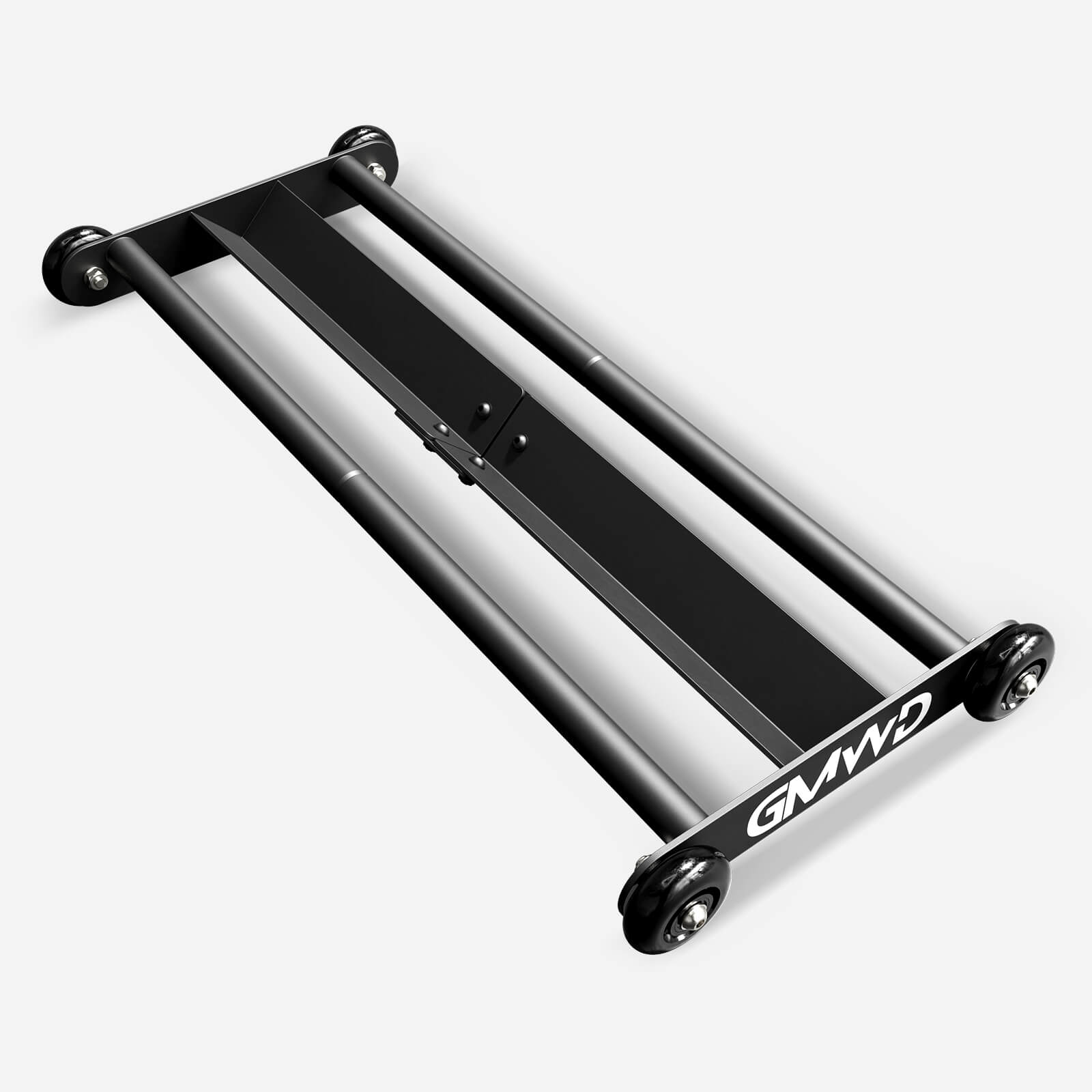
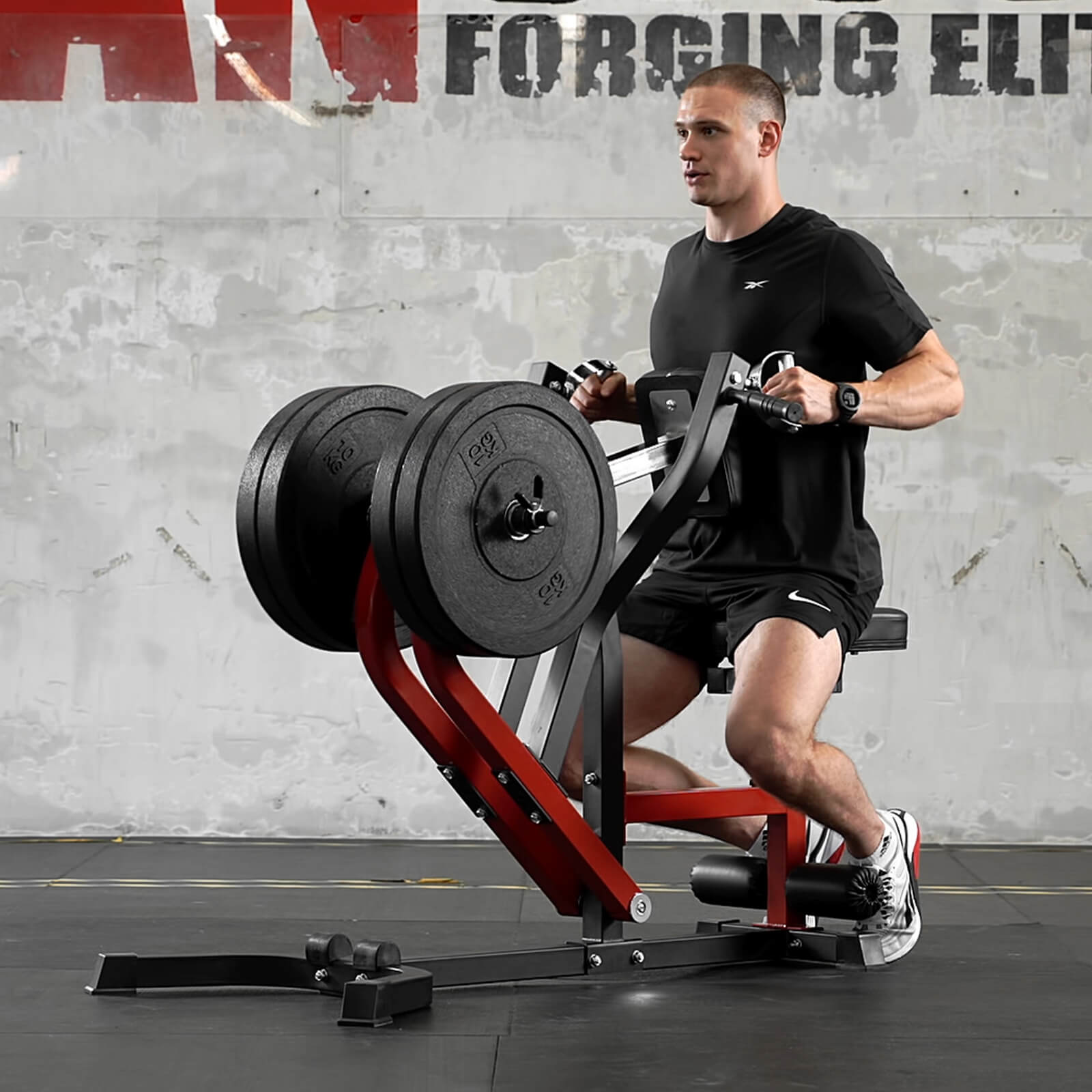
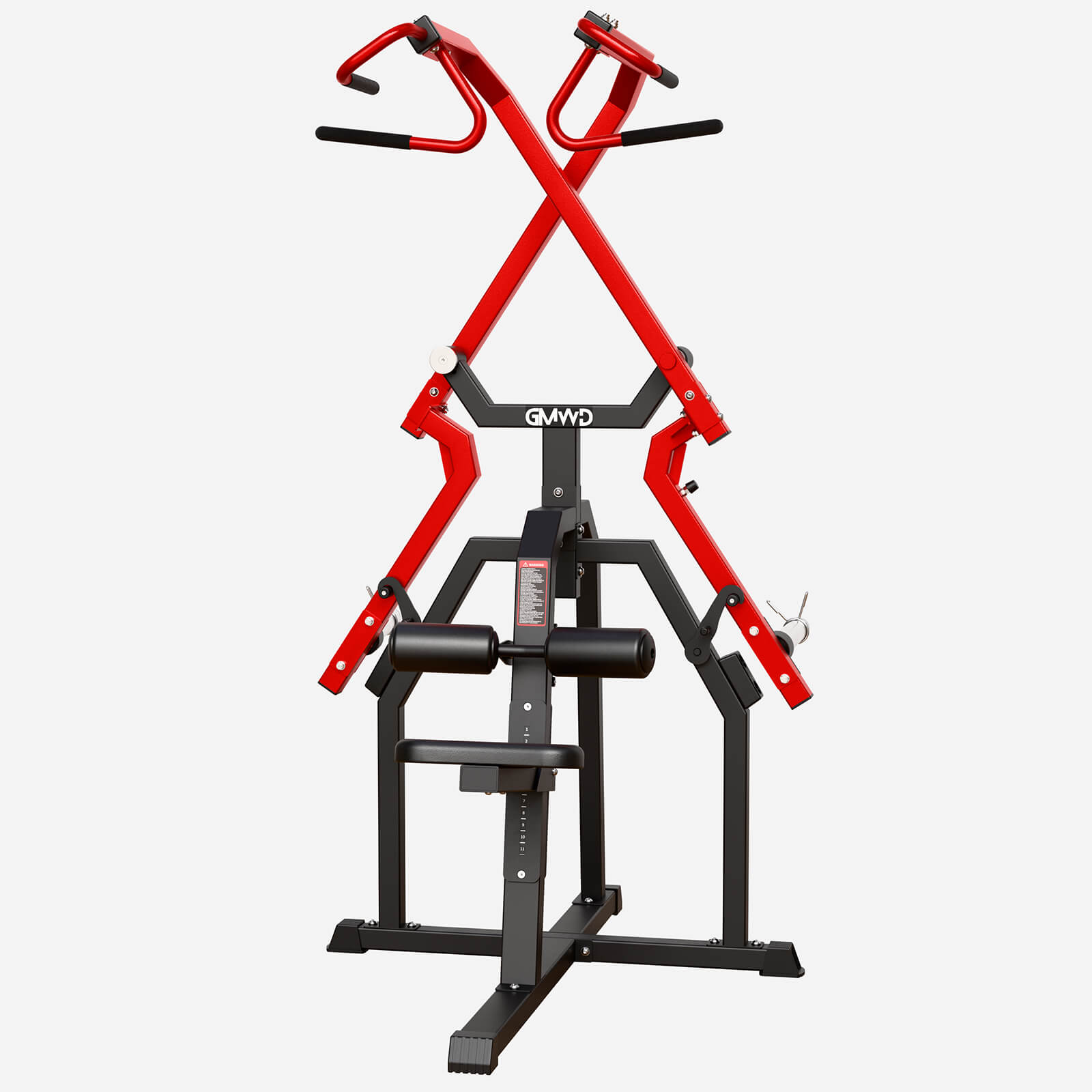
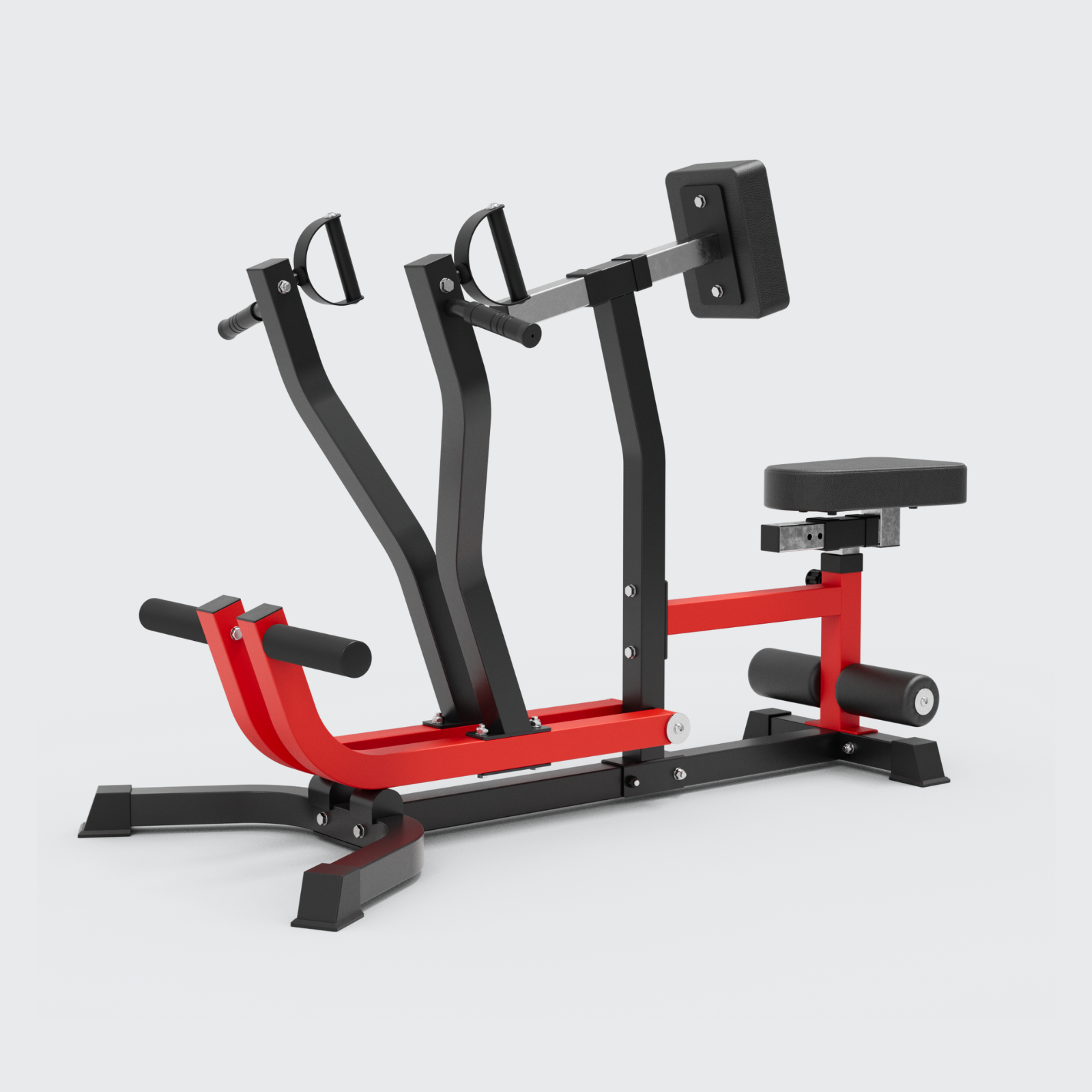


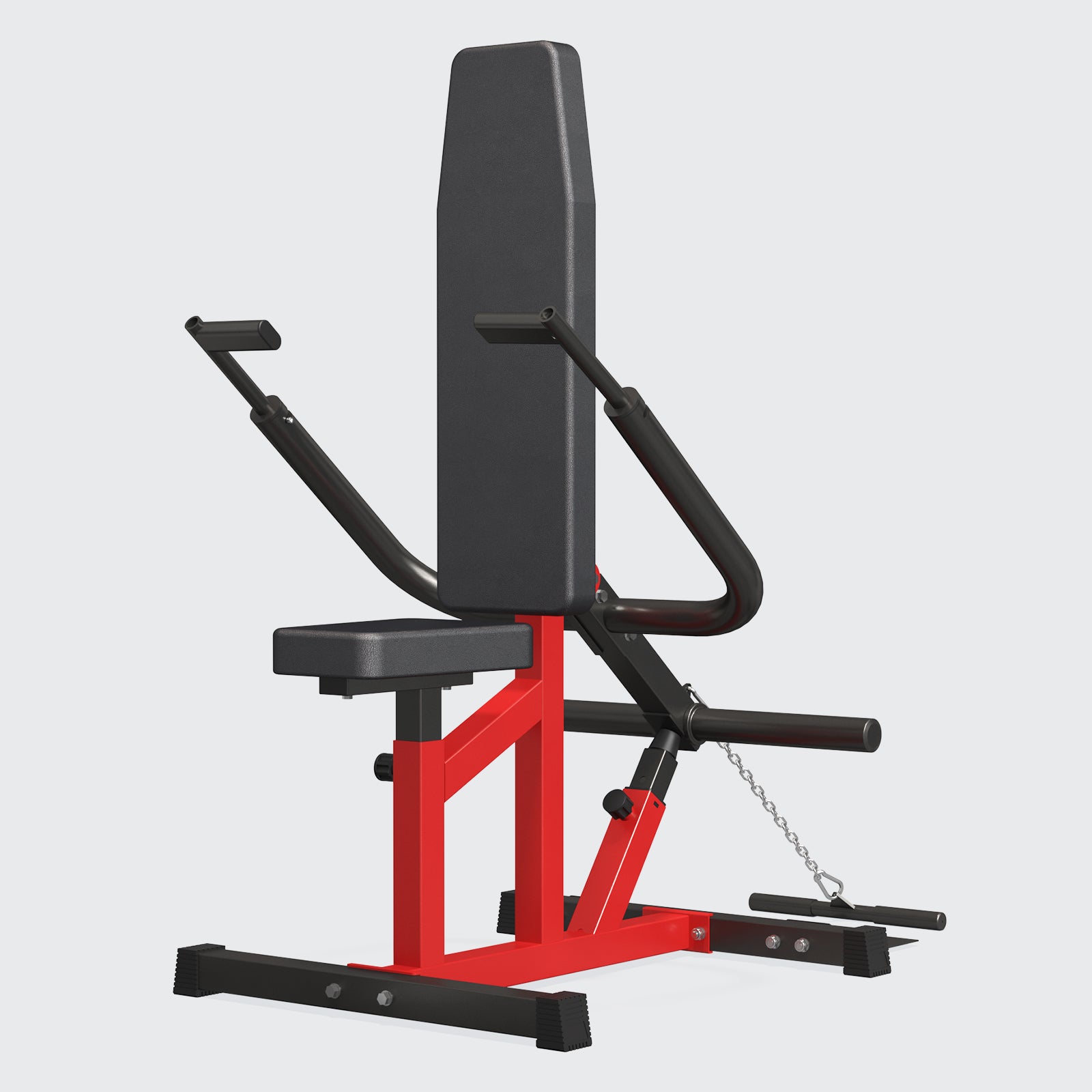


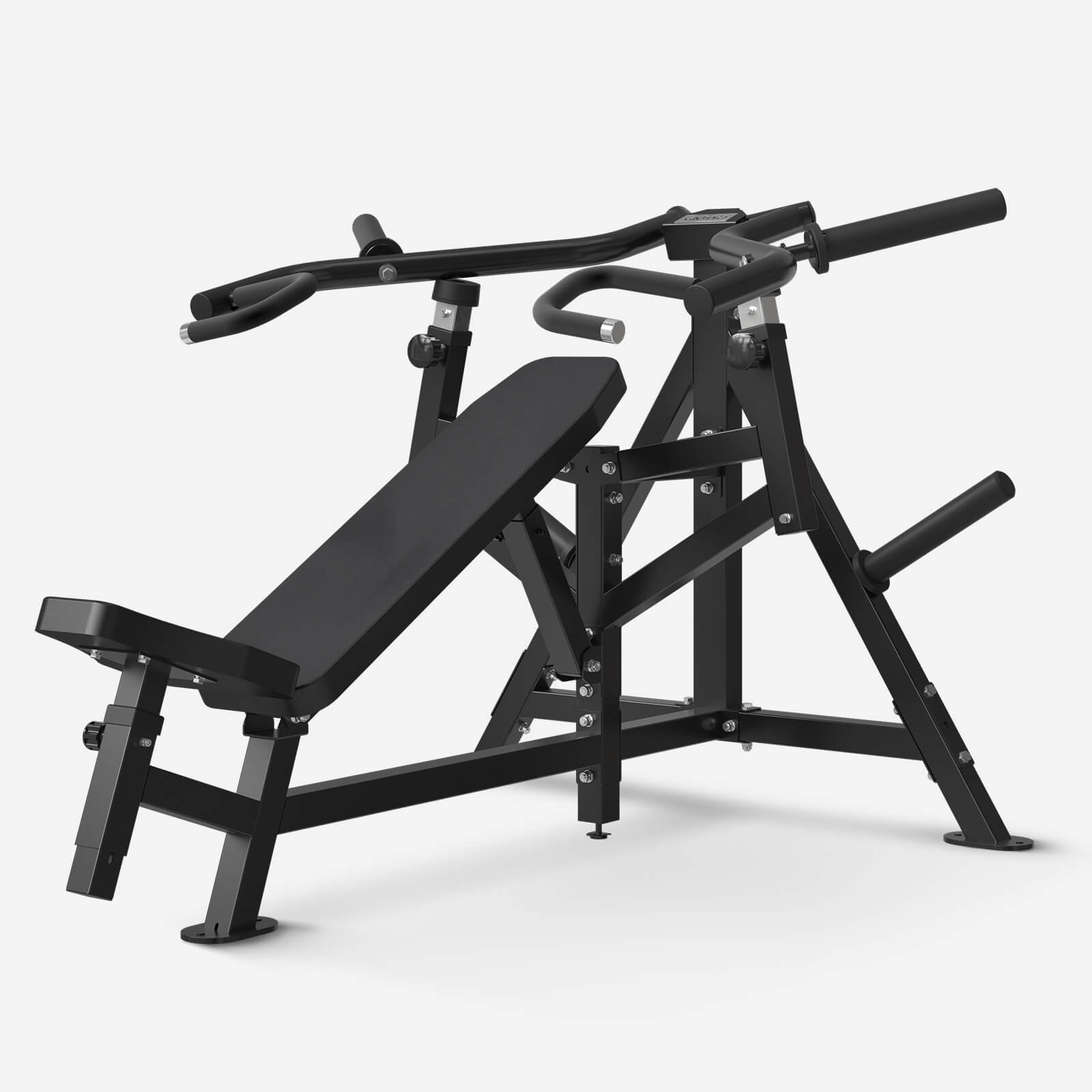
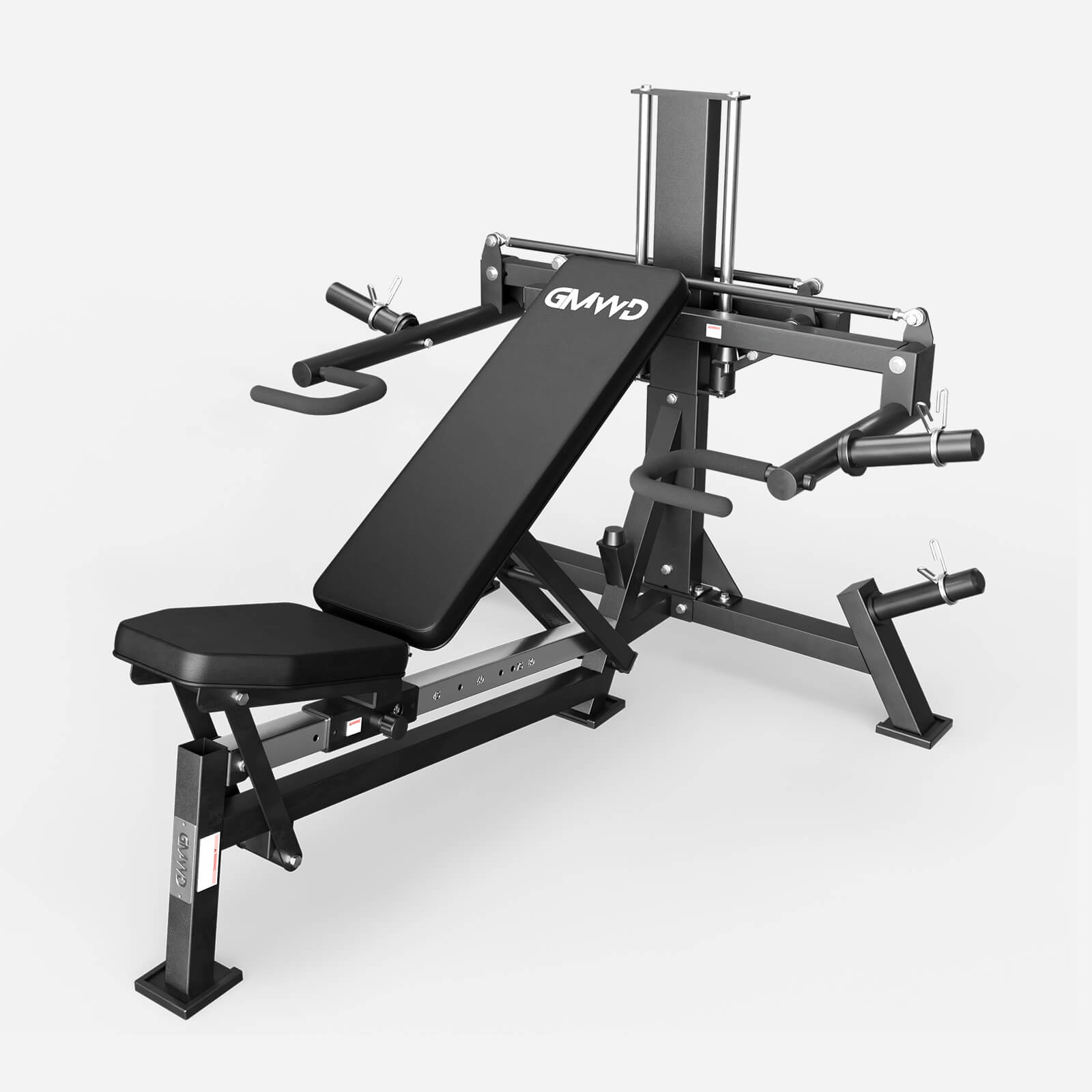
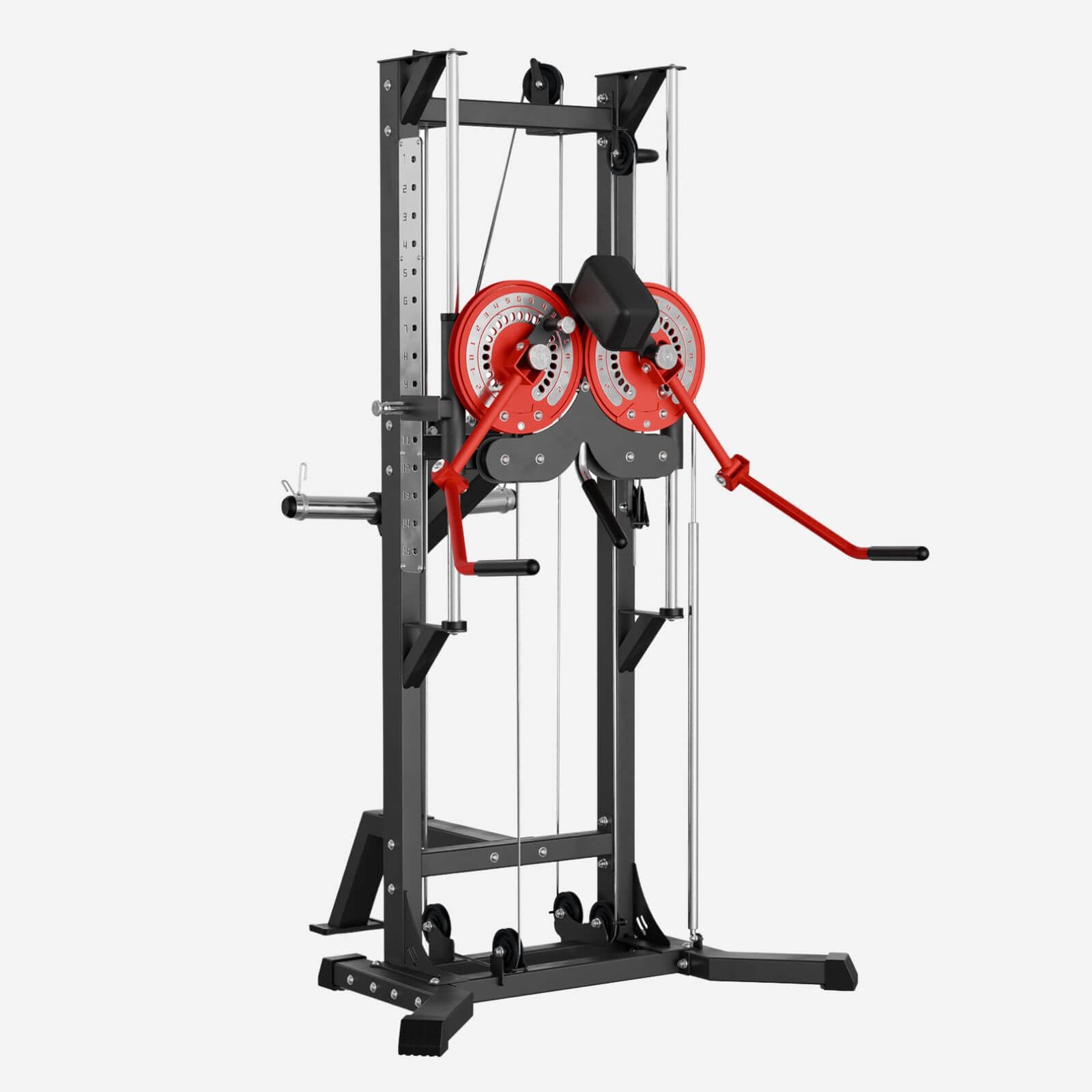
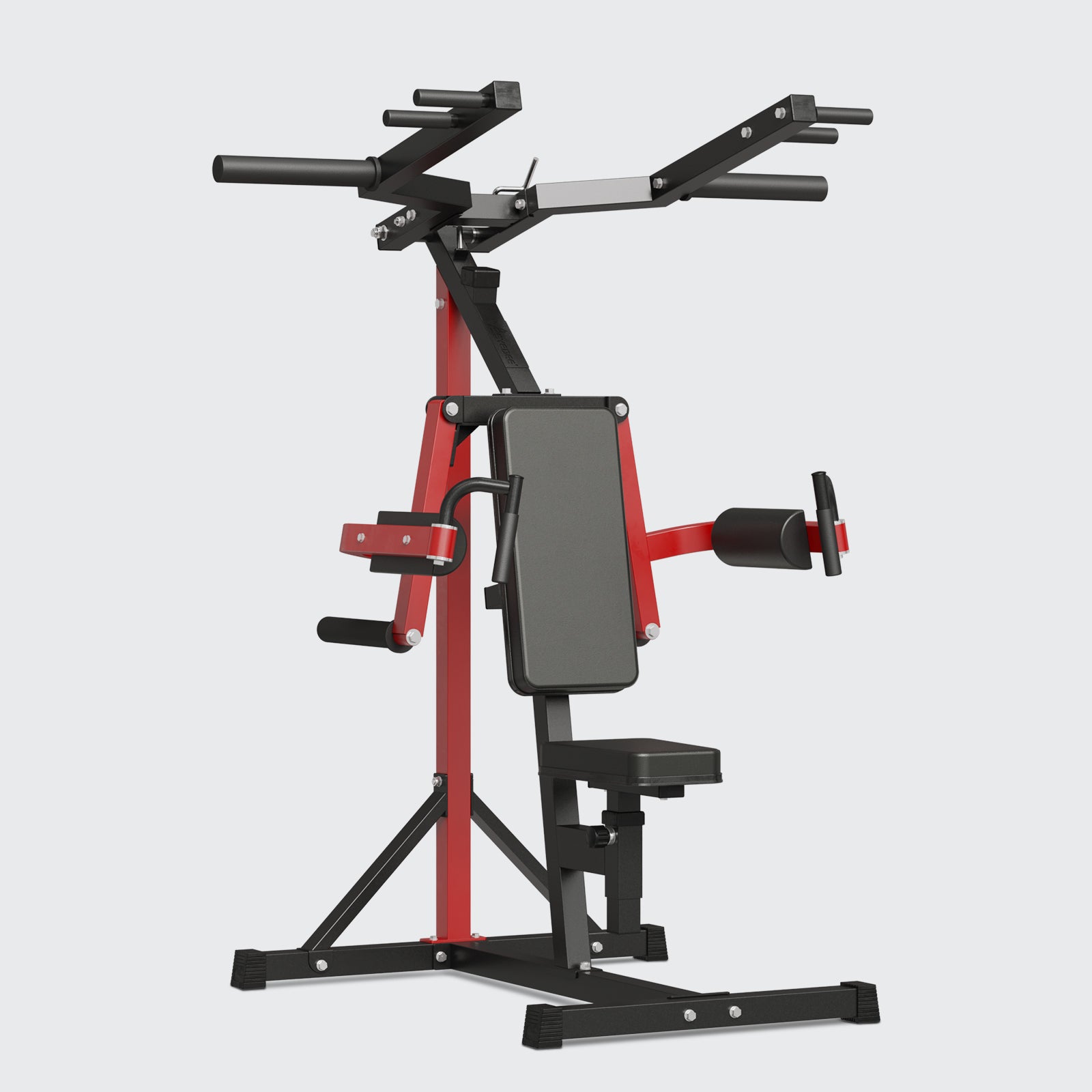
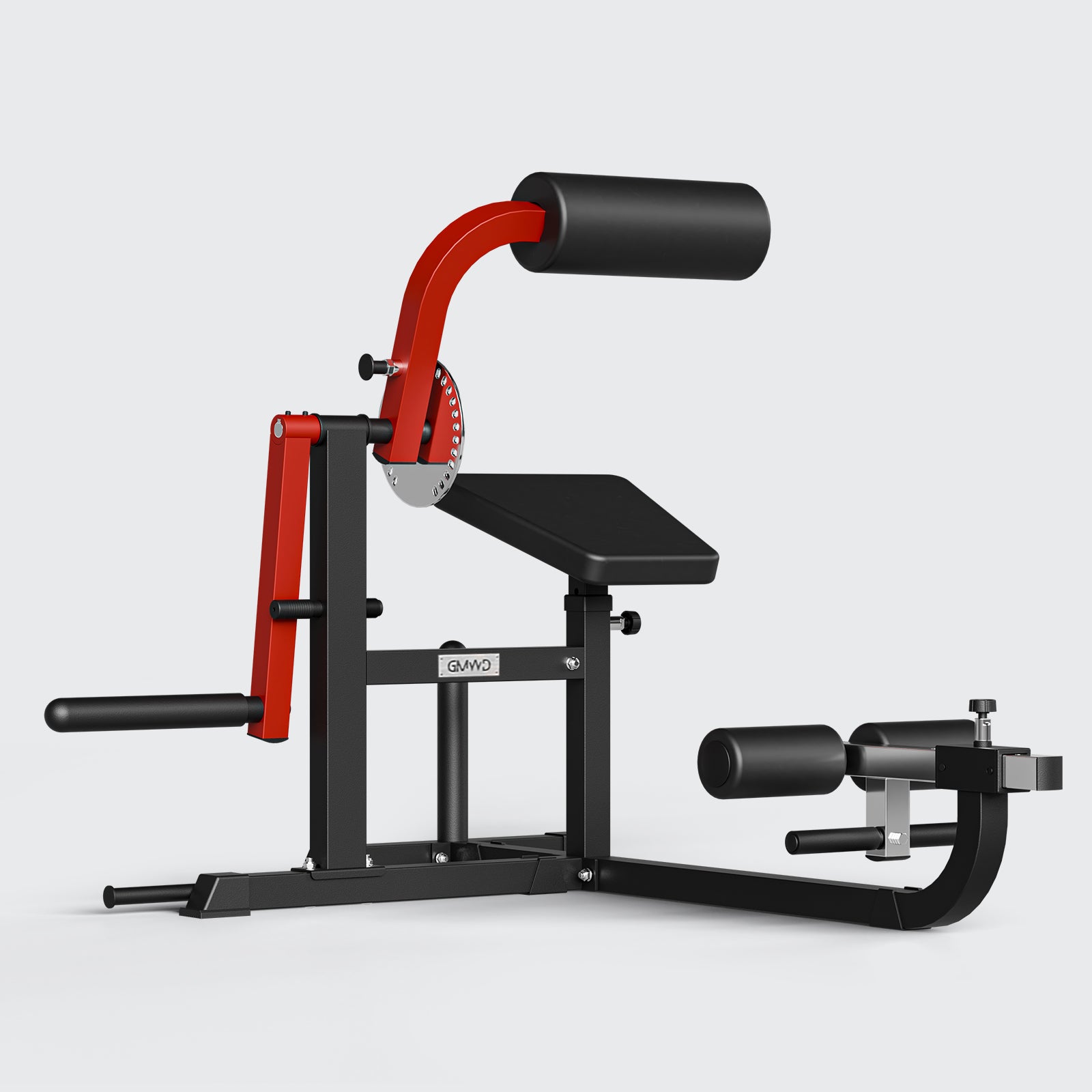
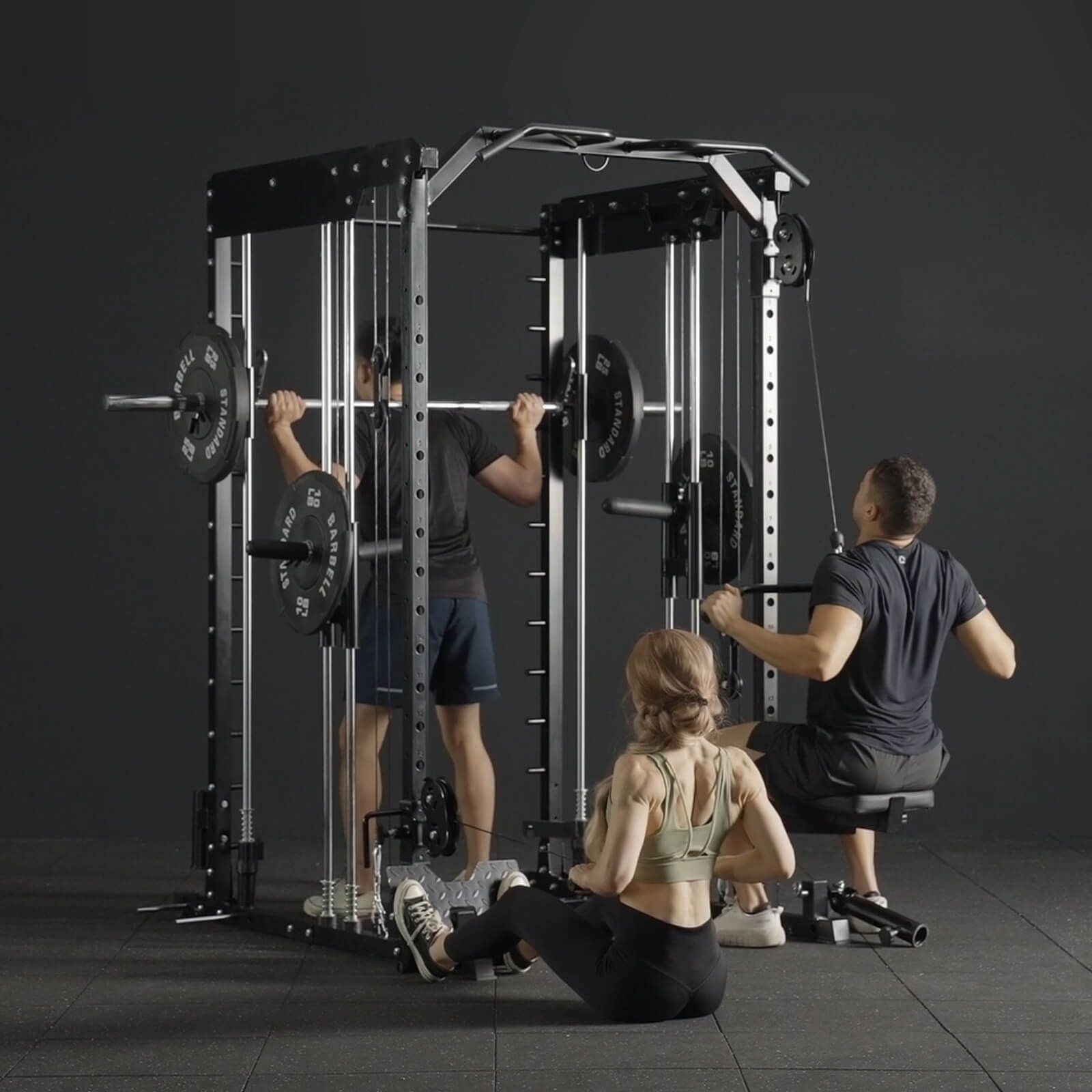
Leave a comment
All comments are moderated before being published.
This site is protected by hCaptcha and the hCaptcha Privacy Policy and Terms of Service apply.